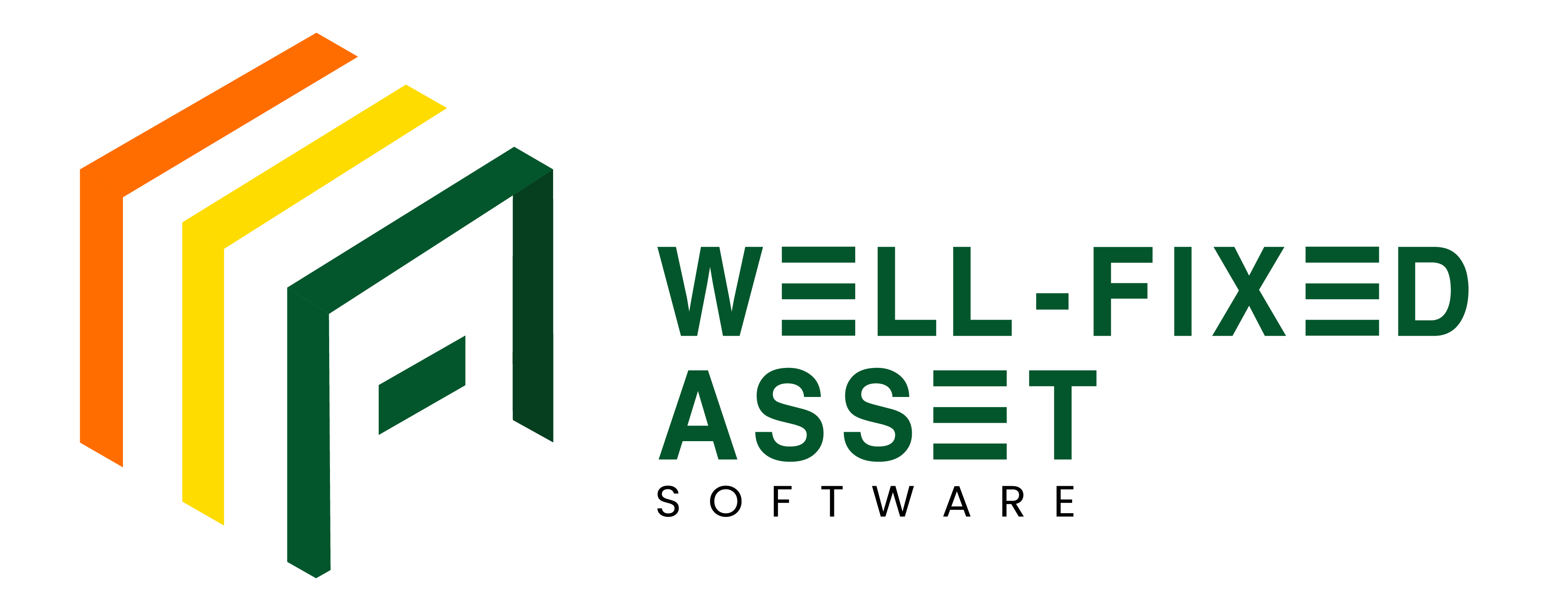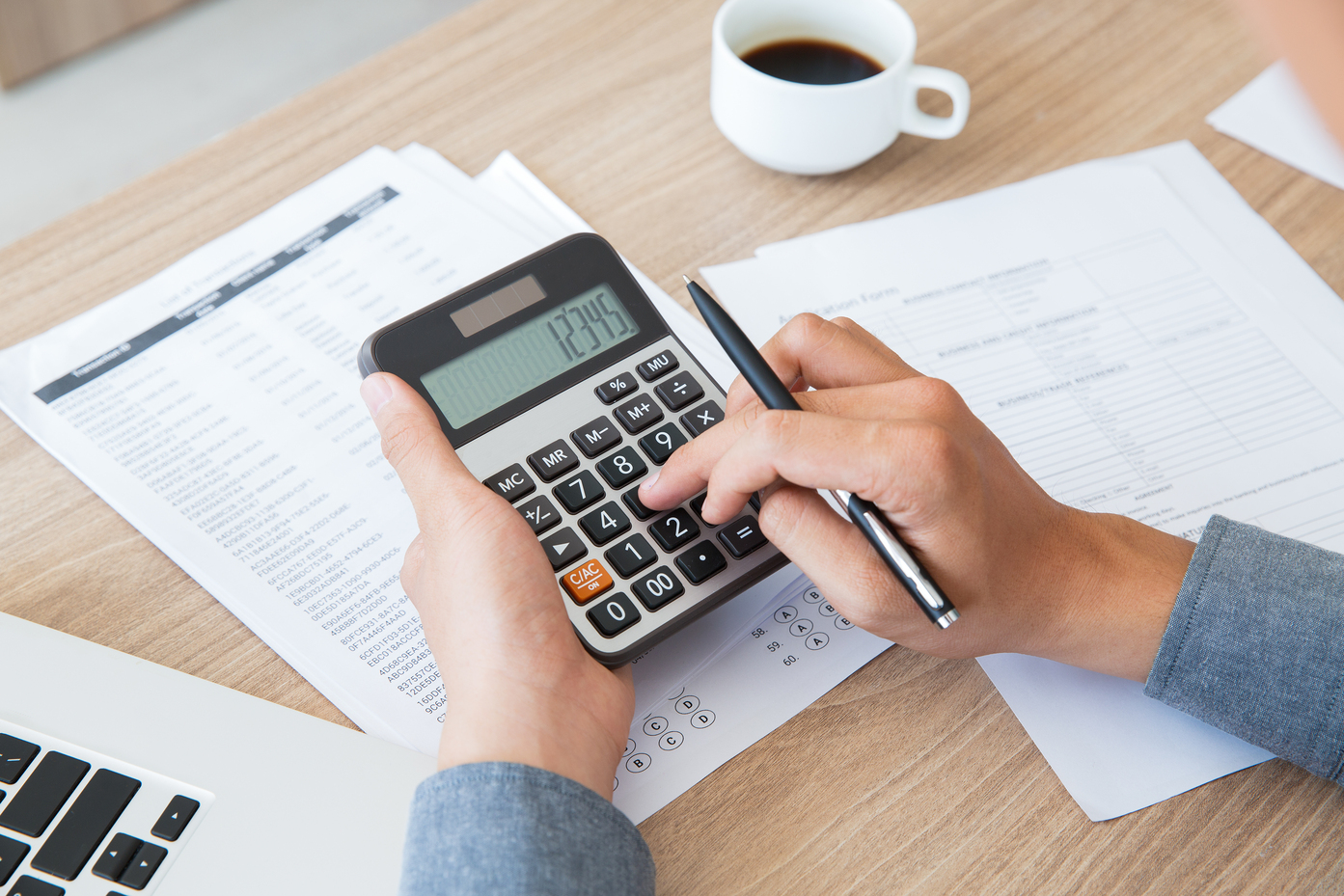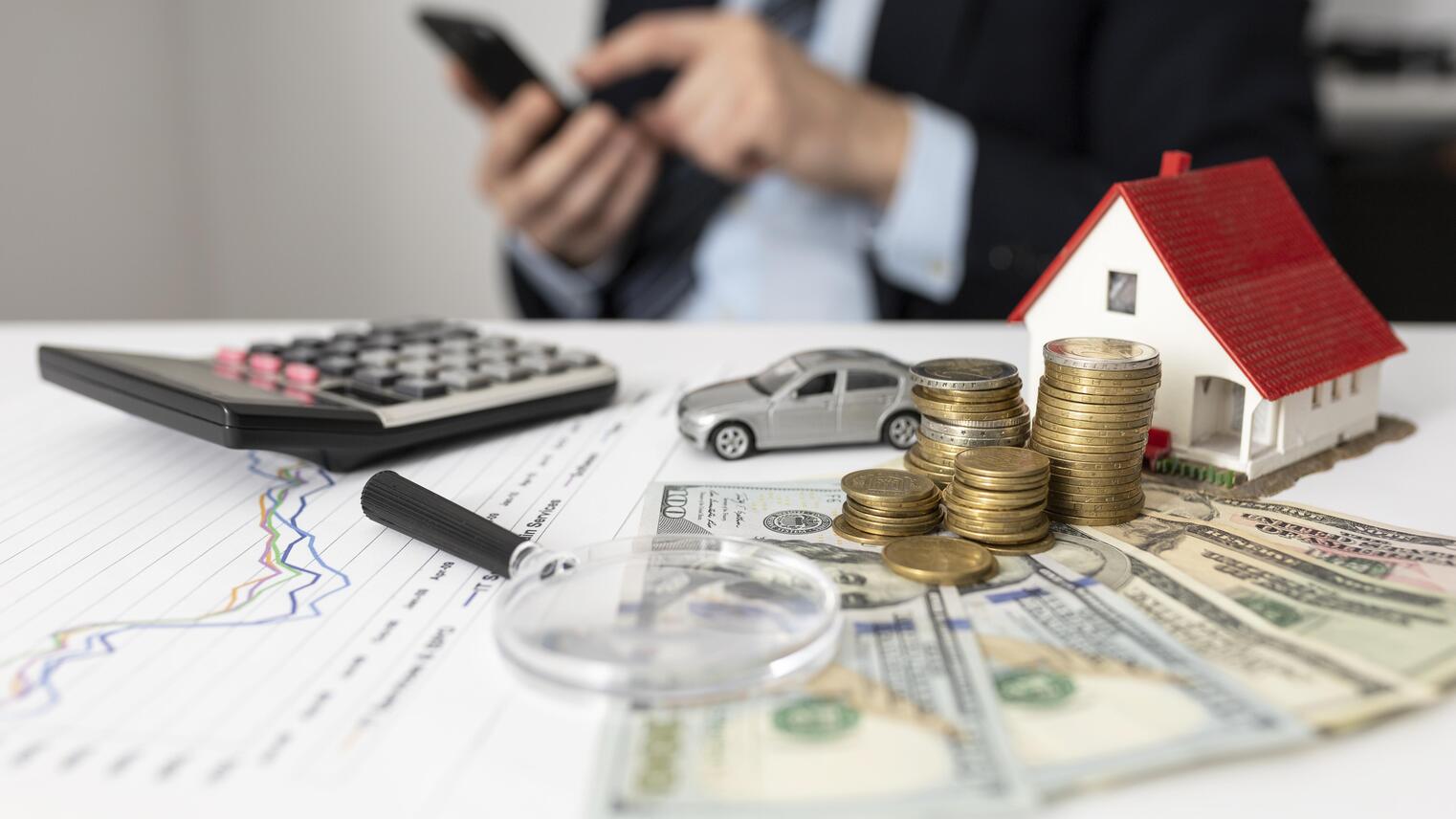Depreciation
Depreciation is classified as a significant type of internal capital. Only fixed assets are used to calculate depreciation, since depreciation is the deduction of fixed assets’ usage value in each year since the high amount of capital must be paid to purchase the fixed asset. However, it can be used for several years. When it is used, it will be deteriorated according to the useful life such as building, plant, machinery and vehicle, etc., except land as its depreciation is not estimated since it does not deteriorate and its price tends to be higher all the time. Therefore, the depreciation of usage shall be deducted to accumulate for the purchase of a new piece of fixed asset. This accumulated depreciation can be used as working capital in the business when it has not been taken for use in the purchase of new fixed assets.
Meaning of Vocabularies that should be known
Scrap value or Salvage value means the value expected to purchase that fixed asset when the useful life is expired by deduction with the removal cost and disposal expense of that asset (if any).
Total depreciation value means the former cost price of the deteriorated asset, or the other price used for representation that appears in a financial statement that is deducted with estimated scrap value.
Total Deprecation Value = Cost Price of Asset – Scrap Value
Useful life means the duration of which the business is expected to utilize that fixed asset.
Depreciation Method
Depreciation of fixed assets is estimated applying several methods. Depreciation derived in each method causes additional accumulation of internal capital. When a business selects any method of depreciation calculation, it is necessary to frequently apply that method in every accounting period. The method of depreciation calculation will be changed upon approval from the Director-General of Revenue Department. For example, a construction contractor purchases a new machine with 25,800 Baht with the expectation of a 5-year useful life and 800 Baht of scrap value in the end of the 5th year. The business therefore distributes useful life values of the machineries by estimating depreciation in each year. The method of depreciation estimation can be done by several methods as follows.
1) Straight-Line Method: is the method of deprecation estimation used by equally averaging asset deprecation in each year throughout the useful life of that fixed asset. The formula of deprecation calculation is as follows.
Annual Depreciation = (Cost Price of Asset –Scrap Value) / Useful Life
Value Machinery 25,800 Baht
Value Scrap Value 800 Baht
Value of machinery after value deduction Scrap Value 25,000 Baht
Useful Life 5 years
Therefore, annual depreciation is 25,000 / 5 = 5,000 Baht.
2.) Double-Declining Balance (DDB) Method: is a method of depreciation estimation used by estimating the initial years to be higher than the latter years.
This method is an accelerated depreciation method as it is double the estimation of the Straight – Line Method, and depreciation in each year will take double the amount of time compared to the Straight-Line Method. This is multiplied with the machinery value that is deducted with depreciation in each year. Therefore, from previous example,
Straight – Line Method: depreciation is annually deducted for 1/5 (6,800/34,000) of the machinery value after the deduction of scrap value.
Double – Declining Balance (DDB) Method: depreciation is annually deducted ( 1/5 ) x 2 = 2/5 times of the machinery after the deduction of scrap value and the deduction of depreciation for each year as follows.
Year 1, depreciation is 2/5 ( 25,000 ) = 2,000 Baht.
Year 2, depreciation is 2/5 ( 23,000 ) = 9,200 Baht.
Year3, depreciation is 2/5 ( 13,800 ) = 5,520 Baht.
In addition, since Year 3, depreciation is below the estimation in the Straight – Line method. Machinery balance in Year 4 and 5 are divided by 2 and then annual depreciation is 3,312/2 = 1,656 Baht.
3.) Units – of – Production Method: is the method for estimation of actual depreciation.
If the machine produces 1,000, deprecation is 1,000 Baht. If the following year produces 2,000, it indicates that machinery is used more. More depreciation must be estimated. It is the method of depreciation estimation based on the number of produced units (unit of goods produced using that machinery) in each installment. Therefore, this machine shall be calculated throughout its life on how many units that total output can be produced and how much depreciation of the machinery is caused from each unit of output. Then, it can be found that each installment of production will generate how much depreciation of this machinery.
From previous example, it is assumed that this machine produces total products for 5,000 units, therefore.
Depreciation per Output Unit = ( 25,800 – 800 ) / 5,000 = 5 Baht
If the first year, a product is produced for 1,000 units, it indicates that depreciation of machinery in the first year = 5 x 1,000 = 5,000 and depreciation in the following year is also calculated.
4.) Sum of Years’ Digits Method: is an accelerated method of depreciation where that depreciation in the initial years will be high and gradually reduced in the latter years. This rate is taken to calculate depreciation as the proportion of the number of years of the remaining machinery’s useful life per number of years of the remaining useful life in combination as follows.
Year 1: the remaining useful life of machinery is 5 years
Year 2: the remaining useful life of machinery is 4 years
Year 3: the remaining useful life of machinery is 3 years
Year 4: the remaining useful life of machinery is 2 years
Year 5: the remaining useful life of machinery is 1 year.
Therefore, total number of years of remaining useful life is 5+4+3+2+1 = 15, therefore,
Year 1 Deprecation = 5/15 (25,000) = 8,333 Baht
Year 2 Depreciation = 4/15 (25,000) = 6,667 Baht
Year 3 Depreciation = 3/15 (25,000) = 5,000 Baht
Year 4 Depreciation = 2/15 (25,000) = 3,333 Baht
Year 5 Deprecation = 1/15 (25,000) = 1,667 Baht
From all 4 methods of deprecation estimation mentioned, it is unnecessary for each company to estimate depreciation by the same method. However, it depends on the concept of that company in which method is to be applied, and the executive will know how much internal capital is derived from depreciation.






Leave A Comment